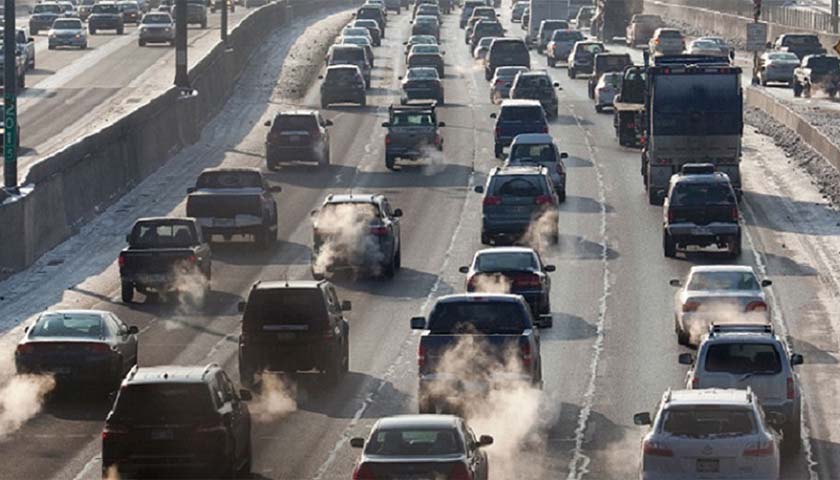by Brent Addleman
A plan to phase the Connecticut’s electric grid to zero-carbon status by 2024 is the focus of a bill that now awaits Gov. Ned Lamont’s signature.
The governor announced Senate Bill 10 focuses on a reduction on carbon emissions, which was established through an executive order in 2019, that allows state policymakers and companies in the electric sector to fully transition the grid away from natural gas and oil.
“By codifying our zero-carbon electric grid target into state law, we are providing a critical direction for state and local agencies, utility companies, and other partners as we collectively plan and implement Connecticut’s energy policies over the coming years,” Lamont said in the release. “Committing Connecticut to a 100% zero-carbon electricity supply by 2040 not only will have a positive impact on improving our air quality, but it will also support the growth of clean energy jobs.”
Lamont said the transition is “an important aspect” to help mitigate “the impacts of the climate crisis.”
The governor said he plans to sign the bill.
According to the release, the bill was approved in the House by a 113-35 vote, and then approved by the Senate in a unanimous 35-0 vote.
Lamont said, according to the release, the initiative puts Connecticut on par with neighboring states that have included zero-carbon goals by 2030, such as in Rhode Island, and New York, which set a similar 2040 goal.
However, state Rep. Cindy Harrison, R-Southbury), told NBC Connecticut she “worries the legislation could ultimately lead to higher electric rates for consumers.”
She told the media outlet the bill doesn’t feature mandates or penalties if the state doesn’t achieve the zero-carbon emissions goal.
“While these goals may be admirable, I again have my concerns when we do this and we put it [onto] the ratepayers,” Harrison told the outlet.
– – –
Brent Addleman is an Associate Editor and a veteran journalist at The Center Square with more than 25 years of experience. He has served as editor of newspapers in Pennsylvania and Texas, and has also worked at newspapers in Delaware, Maryland, New York, and Kentucky.
Photo “Vehicle Emissions” by Renwang101. CC BY-SA 4.0.





